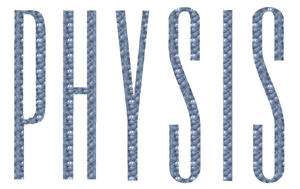The National Policy for Emergency was the result of great dissatisfaction with care in emergency departments. The UPA's (emergency care units) were the main component of fixed pre-hospital care policy. This study aimed to analyze the ministerial decrees that regulated the creation of UPA's, trying to understand their deployment pattern. The ordinances were analyzed that regulated UPA's between 2008 and 2013 in the light of Structuring Theory, by Giddens. Taken together, these ordinances express the claim that the UPA's were installed strategically to the configuration of the emergency care networks, offering differentiation from emergency rooms producers of "emergency consultations". However, the pattern of deployment of UPA's was accelerated expansion without effective network organization, arising suspicion of reproduction of the traditional model of emergency rooms. The federal level was highlighted by the intense production rules, taking strong inducing role. The significant participation of units of the federation explains the wide legitimacy, as a method of structuring achieved by this policy. The convergence of interests around the UPA's allowed rapid expansion and huge allocation of resources to this policy, even though this little add strategy to face the problems of attention to emergency rooms.
prehospital emergency care; emergency medical services; Unified Health System



